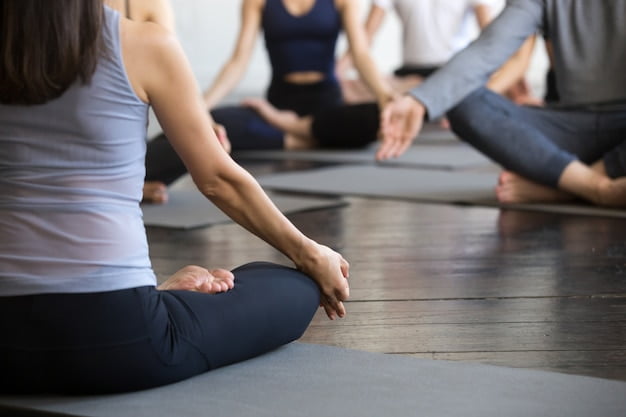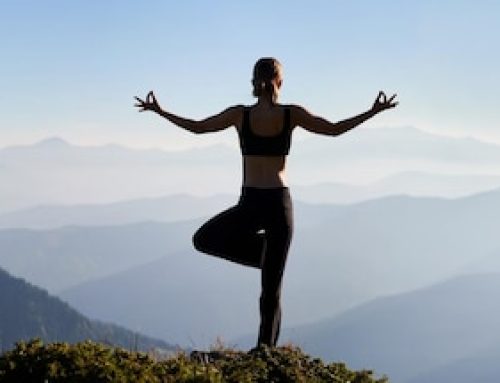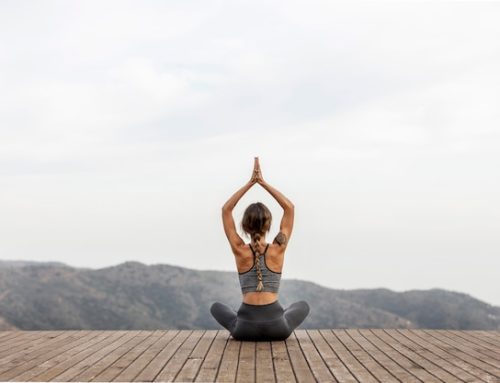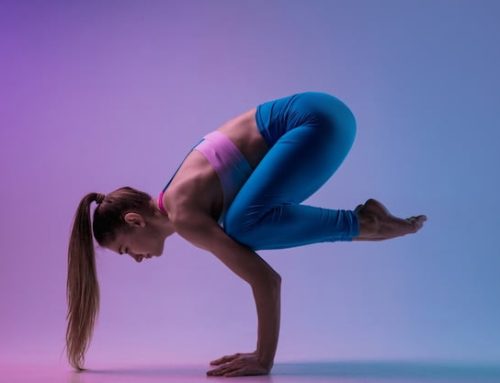The Most Difficult Pose in Yoga: Exploring the Challenge of the Headstand
Yoga is a practice that continues to challenge and inspire people all over the world. As we delve deeper into our practice, we are constantly reminded of the vast amount of possibilities that exist within it. From inversions to arm balances, yoga poses can be both physically and mentally demanding. However, there is one pose in particular that stands out as the most difficult for many practitioners: the headstand.
The Headstand: A Brief Overview
The headstand, or sirsasana in Sanskrit, is a pose that involves balancing the body upside down on the top of the head. It is often considered the “king” of all yoga poses due to its numerous benefits, including improved circulation, increased strength and flexibility, and a sense of mental clarity and focus.
To enter the pose, the practitioner begins in a kneeling position and places the forearms on the ground in front of them. They then interlace their fingers and place the crown of the head on the mat, creating a tripod base with the forearms and head. With the legs extended straight, the practitioner lifts them off the ground and into the air, balancing the entire body on the head and forearms.
The Challenge of the Headstand
While the benefits of the headstand are numerous, the pose is also notoriously difficult for many practitioners. There are several reasons why this is the case.
Firstly, the headstand requires a great deal of upper body strength, particularly in the shoulders and arms. The weight of the entire body is balanced on the forearms and head, which can be incredibly challenging for those without a strong foundation in these areas.
Additionally, the headstand requires a substantial amount of core strength, as the practitioner must engage the abdominal muscles and lower back to maintain balance and control in the pose. This can be particularly difficult for those who have not yet developed the necessary core strength.
Finally, the headstand also requires a sense of focus and mental clarity that can be difficult to cultivate. Being upside down can be disorienting and uncomfortable for many, and the act of balancing on the head can be daunting and intimidating.
Tips for Practicing the Headstand
While the headstand may seem intimidating at first, with time and practice, it can become a rewarding and accessible pose for many practitioners. Here are a few tips to help you get started:
- Warm up thoroughly before attempting the headstand. Spend a few minutes stretching the shoulders, arms, and core to help prepare the body.
- Practice against a wall or with a partner. This can help you develop a sense of balance and control in the pose without the fear of falling over.
- Engage your core muscles by drawing your belly button in towards your spine. This will help you maintain balance and control in the pose.
- Keep the weight evenly distributed between the head and forearms. This will help you maintain a stable and secure base in the pose.
- Focus on your breath. Taking slow, deep breaths can help calm the mind and improve focus and concentration.
Conclusion
The headstand is undoubtedly one of the most challenging poses in yoga, requiring strength, balance, and focus to execute properly. However, with dedication and practice, it can also be one of the most rewarding and transformative poses, offering numerous benefits for both the body and mind. Whether you are a seasoned yogi or a beginner, the headstand is a pose that can help you develop strength, confidence, and a greater sense of self-awareness both on and off the mat.






